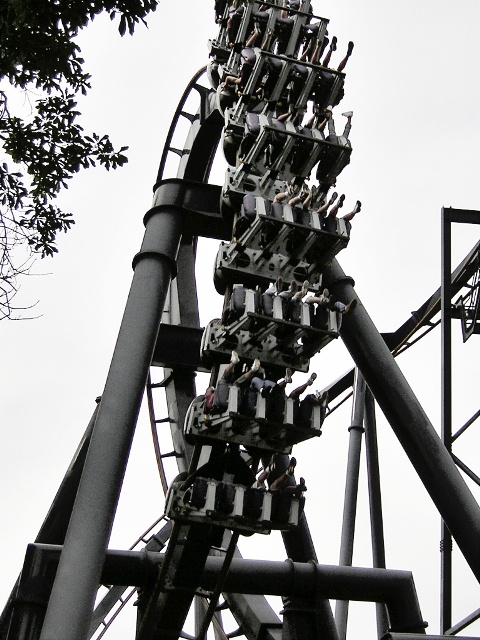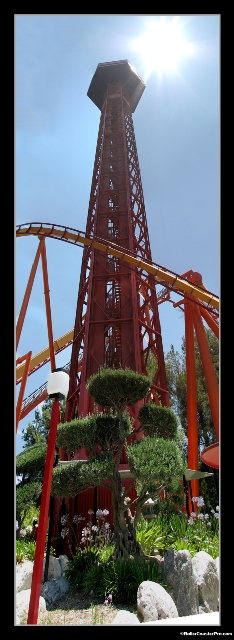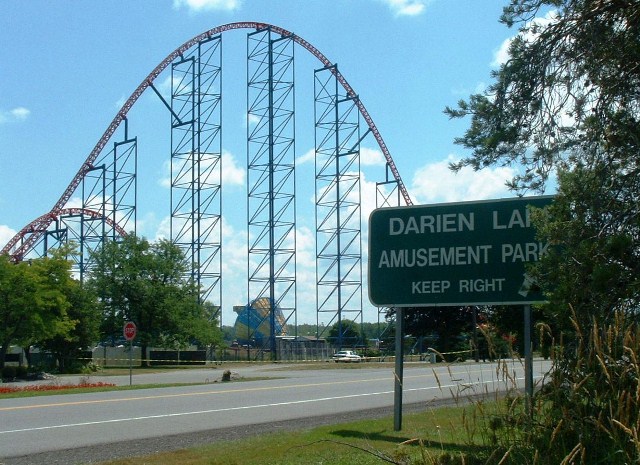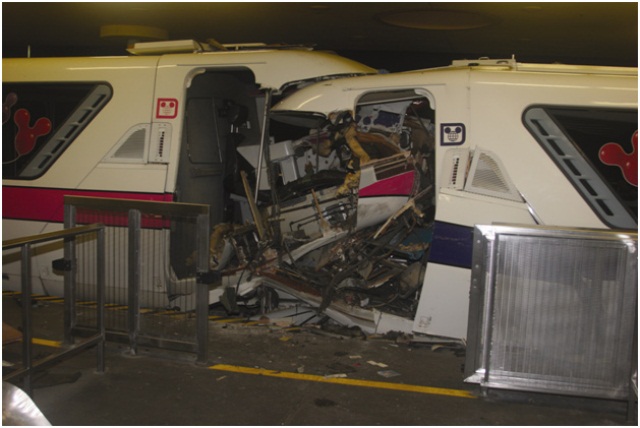Reducing the dangers of the high life
The risks of working at heights are obvious with potential for accidents whilst climbing to and dismounting from the raised point and while carrying out the work once there. In legal terms the word ‘height’ is applied to any surface above the ground from which a fall could result in injury. This could equally be the middle rung of a ladder or a raised operations platform. When it comes to this type of hazardous work, there are certain legal requirements which must be met by the employer. Here we will look at some of the key rules set out in the Working at Height Regulations 2005 pertaining to access and platform safety and safeguard mechanisms for arresting falls (Schedules 1, 3 and 4 of the government legislation)
While most employers will search for alternative ways to complete work at raised points, such as using mechanical long arms for window and gutter cleaning, it is more often necessary for a hands-on approach to ensure the task is done correctly. The most important areas where safety must be assured are the access points and the working platforms, both of which will be upholding an operator who will be in varying degrees of motion, depending on the task. Therefore, the principal regulations for both sections are the same. The access route and platform must be suitably stable, strong and rigid for the purpose and large enough to hold the person safely upon it. There must be substantial fall-prevention mechanisms in place and no gaps through which any person may fall or become trapped. They must also both be constructed with a non-slippery surface.
In the event of a fall, certain safeguards can be in place to prevent injury. However, the safeguard must enable the work to be carried out freely without adding to the risk, for example with excess ropes dangling or creating a trip-hazard. If it is indeed ropes which are in use, then training is obligatory for all operators, such as the IRATA (Industrial Rope Access Trade Association) qualification for abseiling. Rope-based safeguarding techniques must also take into account the elasticity of the rope on impact, meaning a much shorter rope than the actual drop distance. If it is an airbag or landing mat being used then this must be secure and stable upon the ground. The safeguard must also be such that it does not injure any person when put to use.
These regulations are just a few of those which apply to all work carried out at height. Jobs which must abide by these rules include telecommunications rigging, window cleaning, film crews, building, scaffolding and cladding construction. It is legally the employer’s responsibility to ensure their workforce’s safety at all times, but designers and planners must also consider the risks when a new project is being developed. Risk assessments are then used to decide the type of precautions to be put in place so that with sufficient planning and preparation, work carried out at heights can be both safe and productive.
This article was written by Emily Banham on behalf of Groves Window Cleaning, established in 1985, has over 25 year’s experience of commercial window cleaning. More information on Working At Heights can be found on the following link – http://www.groveswindowcleaning.co.uk/working-at-heights.html.
 When you go to an amusement park you expect a day of rides, games, and fun—you do not expect to be injured, or worse, killed. Nothing can make you more wary about getting onto a ride than knowing that people do get seriously injured. Sometimes it is due to breaking of rules such as entering a restricted area, others it is the fault of the ride operator, and then there are the times when it is a ride malfunction that results in tragedy.
When you go to an amusement park you expect a day of rides, games, and fun—you do not expect to be injured, or worse, killed. Nothing can make you more wary about getting onto a ride than knowing that people do get seriously injured. Sometimes it is due to breaking of rules such as entering a restricted area, others it is the fault of the ride operator, and then there are the times when it is a ride malfunction that results in tragedy. Photo credit:
Photo credit: 


